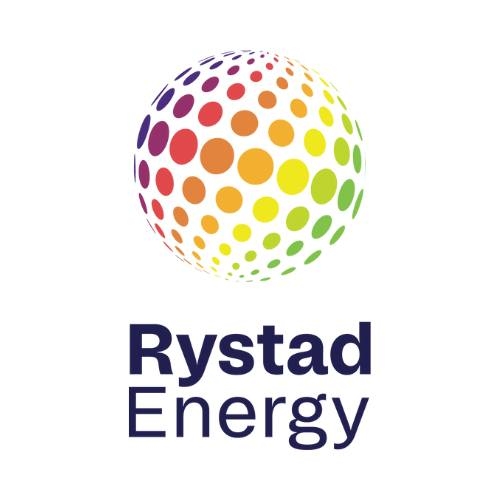BAKU, Azerbaijan, October 27. Global methane emissions from onshore oil and gas production rose in late 2024 and early 2025, reversing a steady decline since 2020, according to a new analysis by Rystad Energy, Trend reports.
The research highlights stark regional differences. China’s methane emissions surged by nearly one-third year on year, while the U.S. recorded a smaller 4% increase. Russia saw a 5% decline in the first quarter, largely due to reduced production linked to the ongoing Russia-Ukraine conflict. Overall, satellites detected roughly 45,000 methane plumes in Q1 2025, up 14,000 from the same period in 2024, representing about 45 million tonnes of CO₂ equivalent - a 40% rise year on year.
“Upstream oil and gas production is responsible for roughly 20% of human-caused methane emissions,” said Patrick King, Vice President of Emissions Research at Rystad Energy. “Most methane leaks can be fixed once detected, unlike CO₂, making abatement an immediate priority for producers.”
While high-production countries in the Middle East, North Africa, China, Russia, and North America have large absolute emissions, aging infrastructure in parts of Central Asia and North Africa contributes disproportionately to methane intensity. Seasonal patterns also influence emissions, affected by climate, production cycles, and satellite detection conditions.
China continues to lead in emissions, though improved operational practices have cut methane intensity by 30% despite a 50% rise in gas production since 2018. In the U.S., emissions increased in the West, notably over the Bakken shale, even as political shifts - including the overturning of the Waste Emission Charge in February 2025 - introduce uncertainty for future abatement programs. Nonetheless, industry-led reduction efforts are expected to maintain declining emissions intensity.
In the Middle East, emissions in Iraq jumped nearly 50% in Q1 2025, linked to increased activity in the Zagros Foldbelt Basin. In South and Central Asia, India, Pakistan, and Uzbekistan saw emissions rise after record lows in 2024, influenced by seasonal production cycles and the startup of new gas fields. India is now advancing a National Inventory Management System to better track methane emissions.
Rystad Energy’s findings underscore the urgent need for immediate methane abatement measures, given the gas’s high warming potential and shorter atmospheric lifespan compared with CO₂, making it a critical target in global climate efforts.







